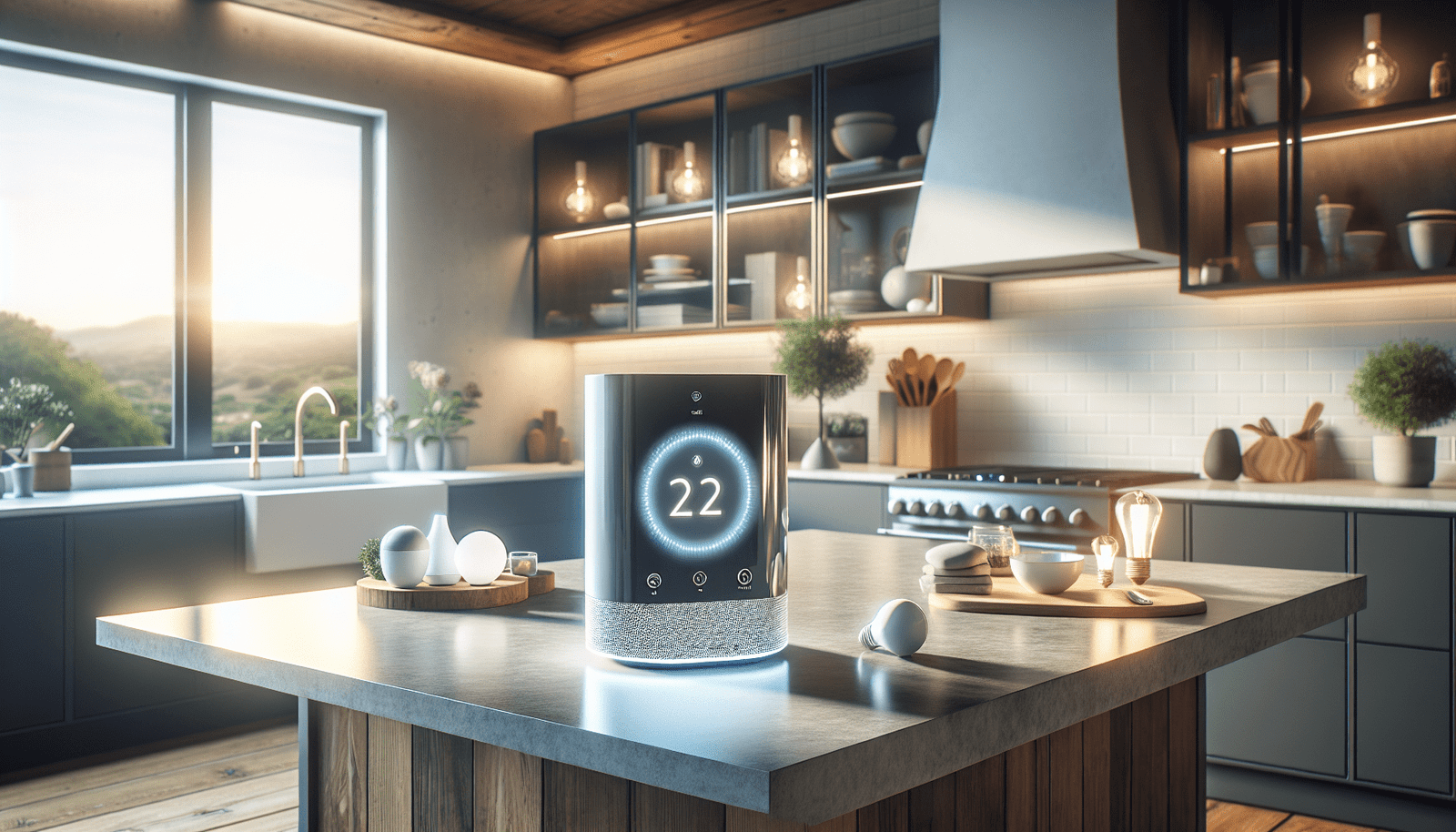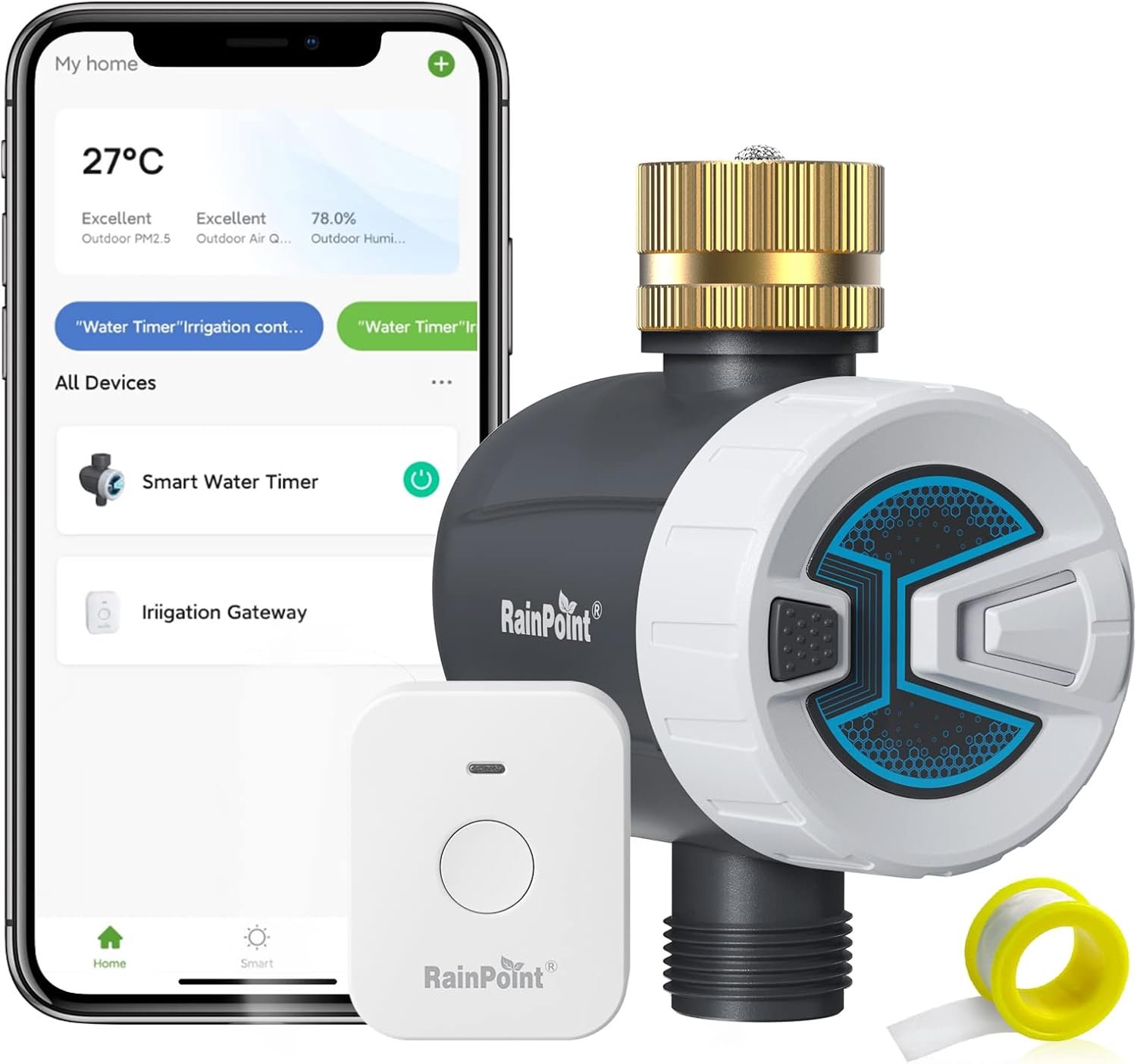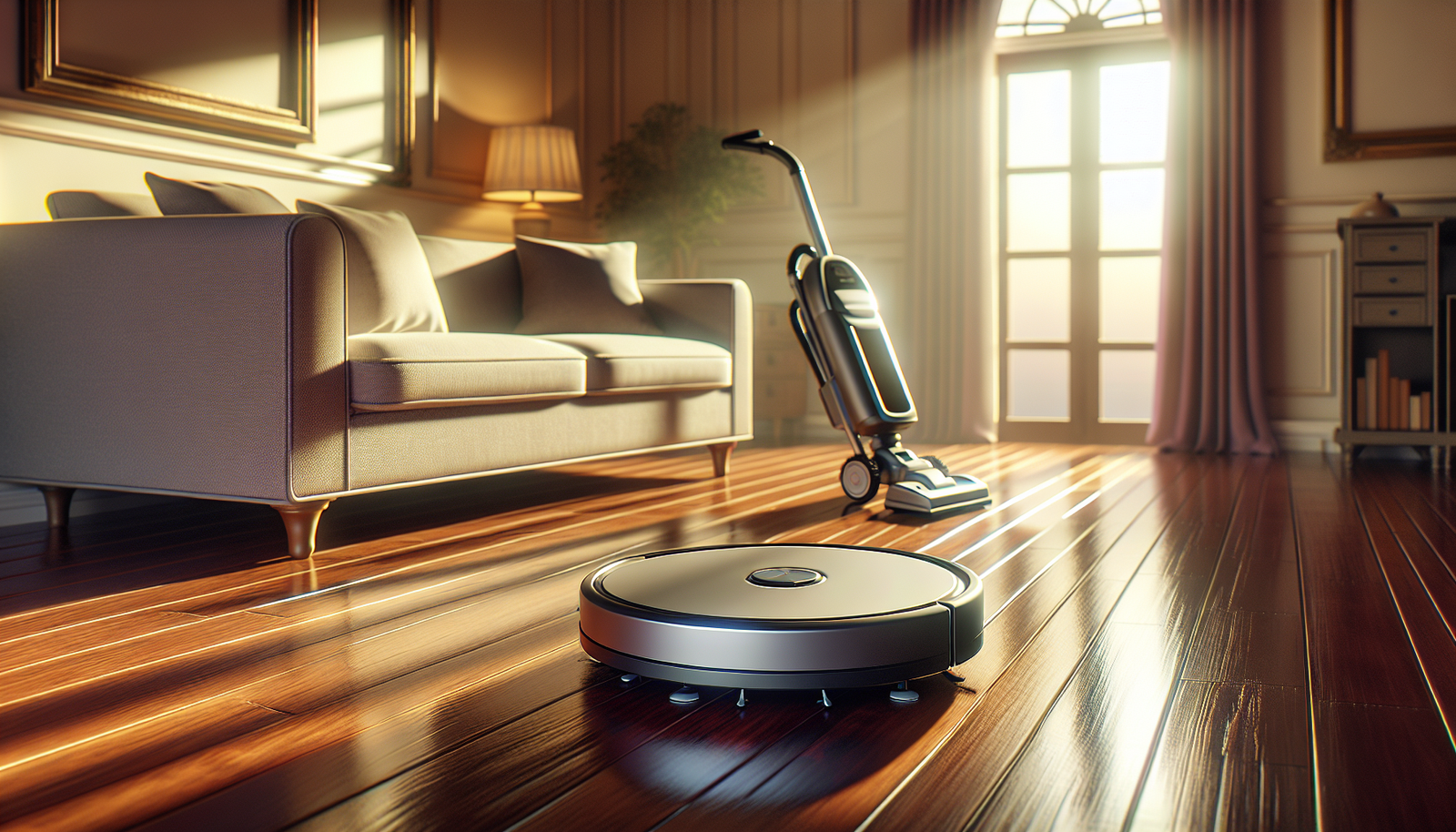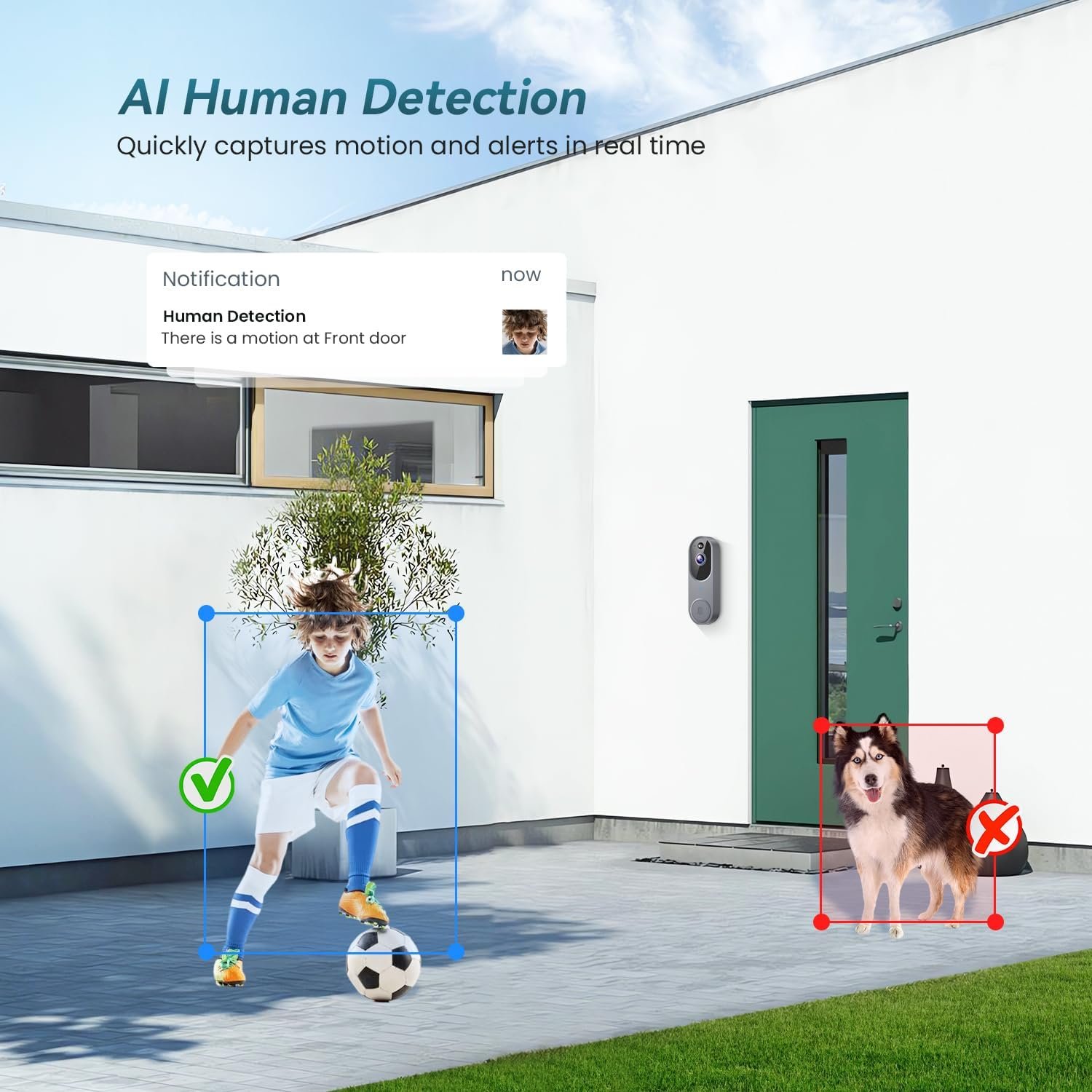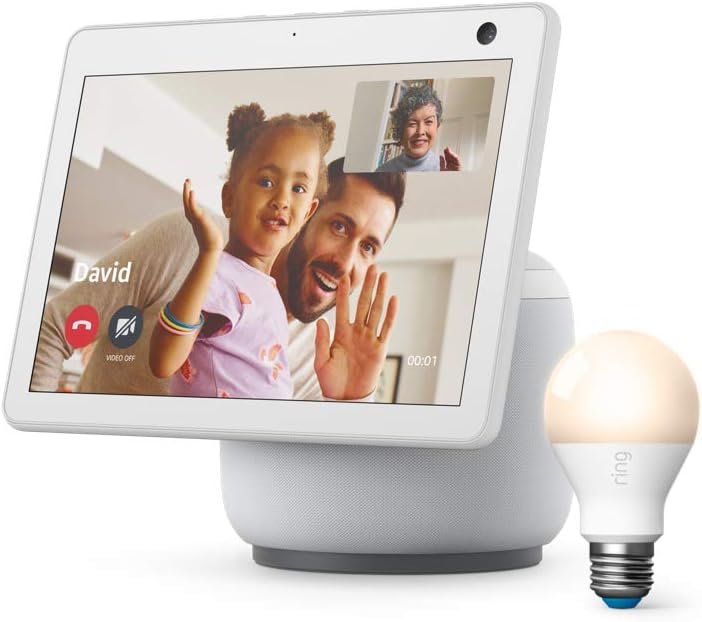What if your home could respond to your needs and preferences, making life simpler, safer, and more efficient? The emergence of smart home technology has transformed the way we interact with our living spaces, paving the way for a more connected lifestyle. Have you ever considered how these innovations can provide tangible benefits to your day-to-day life?
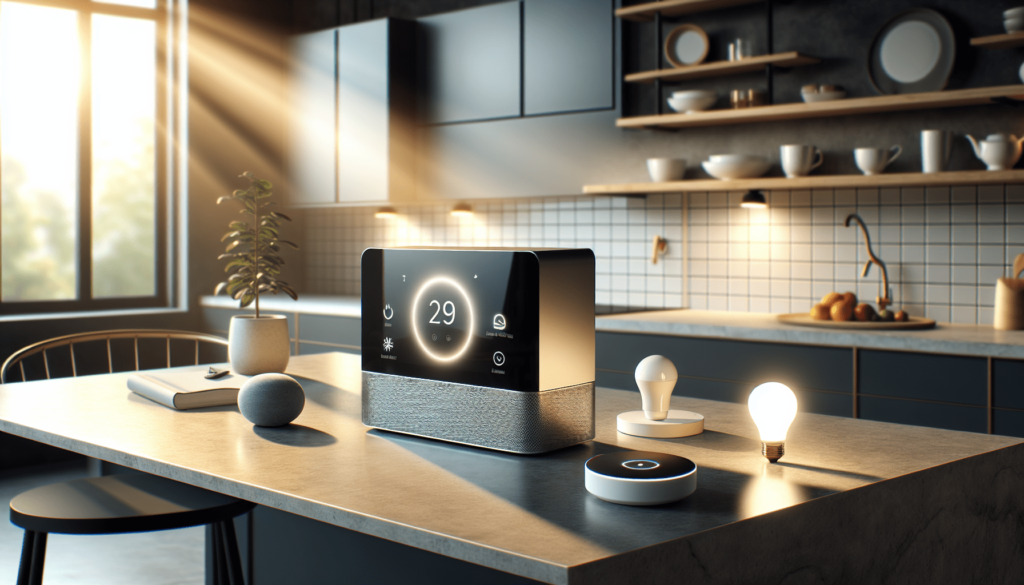
Understanding Smart Home Technology
Smart home technology refers to devices and systems that connect to the internet and communicate with each other, allowing you to monitor and control your home environment remotely. It’s all about creating a seamless experience that enhances your lifestyle, whether it’s through increased convenience, home security, or energy savings.
What Are Smart Home Devices?
Smart home devices come in various forms, from smart speakers and thermostats to security cameras and lighting systems. These devices work through a centralized hub or app, enabling you to manage them from anywhere, at any time. Utilizing your smartphone or tablet means you can control your home with just a few taps.
Key Components of Smart Home Living
Imagine a day in your life with smart home technology integrated into your living space. You might wake up to your blinds automatically opening as your coffee brews. Your thermostat adjusts to a perfect morning temperature while your lighting gently brightens.
| Smart Device | Benefit |
|---|---|
| Smart Speaker | Voice control for hands-free operation |
| Smart Thermostat | Energy savings and comfort management |
| Smart Lights | Customizable ambiance and remote control |
| Smart Security | Enhanced safety and remote monitoring |
Enhancing Convenience
One of the most appealing aspects of smart home technology is the convenience it brings. Imagine returning home from a busy day; you can simply say, “I’m home,” and your house automatically adjusts to your preferred settings.
Automation and Scheduling
Automation allows you to set specific schedules for your devices, streamlining your daily routine. For instance, your coffee maker can begin brewing each morning just as you wake up. Perhaps your smart lights can turn on automatically when it gets dark, giving your home a cozy feel without you needing to lift a finger.
Remote Access and Control
With smart home systems, you have the ability to control devices remotely. Forgot to turn off the lights or the thermostat before leaving? No worries! You can check and adjust settings on your smartphone, ensuring peace of mind.
Voice Control
Integrating voice control into your smart home is like having a personal assistant at your beck and call. Instead of getting up to turn off the TV or adjust the temperature, you can simply communicate your needs. This hands-free convenience is greatly beneficial, especially when your hands are full or while entertaining guests.
Increasing Security
Your home should always be a safe haven, and smart home technology plays a key role in enhancing security.
Smart Cameras and Doorbells
Imagine being able to see who’s at your door from anywhere, courtesy of a smart doorbell equipped with a camera. You can talk to visitors remotely, receive real-time notifications if someone approaches your property, and even monitor your home while you’re away.
Motion Sensors and Alerts
Smart motion sensors can notify you any time unusual activity is detected, which can help deter unwanted intruders. You can even set your lights to turn on and off automatically to give the impression that someone is home—an effective strategy for keeping your home secure when you’re away.
Integrated Security Systems
Smart security systems combine various devices like cameras, sensors, and alarms, allowing for an integrated approach to safety. Managing everything through one app simplifies the process, ensuring you have full control over your home’s safety features at all times.
Energy Efficiency and Savings
Smart home technology isn’t just about keeping your living space convenient and secure; it also significantly contributes to energy efficiency, saving you money on utility bills.
Smart Thermostats
Smart thermostats are designed to learn your habits and adjust accordingly, optimizing energy usage without compromising comfort. They allow you to create schedules and even adjust settings based on whether you’re home or away—that means no more heating or cooling an empty house.
Energy Usage Monitoring
Many smart home systems offer tools to track your energy consumption over time. By understanding your usage patterns, you can make adjustments that lead to further energy savings. For example, if you notice that certain devices are consuming a lot more energy than expected, you can decide to reduce their usage or even replace them with more efficient alternatives.
Smart Lighting Solutions
Smart lighting is another great way to enhance energy efficiency. You can set lights to operate only when needed, use motion sensors to turn them off when no one is in the room, and even program them to dim as natural light increases throughout the day.
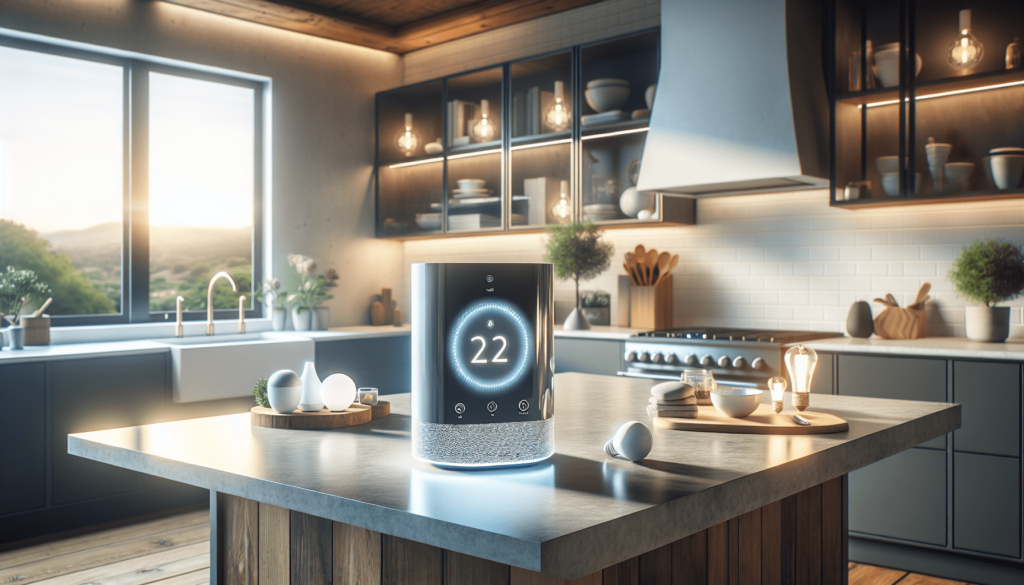
Comfort and Customization
Imagine a home that adapts to your preferences and mood, creating the ideal atmosphere for any occasion. Smart home technology offers unparalleled options for customization and comfort.
Personalized Settings
With smart devices, you can create a personalized living environment. Your thermostat can automatically adjust based on your preferences, ensuring you’re always comfortable. You can set the lighting to match your mood or the time of day, whether you’re hosting a dinner party or winding down for the evening.
Smart Appliances
Modern smart appliances take functionality to the next level. From refrigerators that help you manage your groceries to ovens that can be preheated from your phone, these devices not only make cooking and meal planning easier but also enhance your overall quality of life.
| Smart Appliance | Feature |
|---|---|
| Smart Refrigerator | Inventory management and alerts |
| Smart Oven | Remote control and recipe suggestions |
| Smart Coffee Maker | Programmable brewing based on your schedule |
Enhanced Entertainment Systems
Your entertainment experience can also be upgraded through smart home technology. With integrated systems, you can control your audio-visual setup through one app. Whether you’re streaming a movie or playing music during a gathering, the convenience is hard to beat.
Improving Accessibility
Smart home technology is a welcome solution for improving accessibility for those with disabilities or elderly individuals.
Voice-Controlled Devices
Devices activated by voice commands make it easier for individuals with mobility issues to manage their home environment. Whether it’s adjusting the lights or controlling the thermostat, the convenience allows for more independence.
Customizable Home Features
Many smart devices can be tailored to meet specific needs. For example, you could set up alerts for medication schedules or reminders for daily activities, making everyday management simpler and more efficient.
Future-Proofing Your Home
Investing in smart home technology isn’t just a choice for today; it’s a way to prepare your home for future advancements and changing needs.
Scalability and Flexibility
One of the most significant advantages of smart home technology is scalability. You can start small with a few devices and expand your system as your needs grow or technology advances. This flexibility means you aren’t locked into a single system but can adapt over time.
Keeping Up with Innovations
With rapid technological advancements, being part of the smart home movement ensures your home can utilize the latest innovations. As new devices are developed, you have the option to integrate them into your existing smart home system, keeping your living space up-to-date and functional.
Challenges and Considerations
While the benefits of smart home technology are numerous, it’s essential to also consider potential challenges that come with it.
Privacy and Security Concerns
As with any internet-connected device, concerns about privacy and data security can arise. It’s crucial to select devices from reputable brands and regularly update software to protect your information.
Compatibility Issues
Not all devices work seamlessly together. Before making purchases, ensure that the devices you choose are compatible with your existing smart home ecosystem. Researching brands and reading reviews can save you the headache of incompatible products.
Cost
Investing in smart home technology comes with upfront costs. While many devices promote energy savings, the initial investment can feel daunting. Evaluate your budget and explore options that fit within your financial plan.
Getting Started with Smart Home Technology
If you’re thinking about making your home a smart one, it’s easier than you might expect.
Choosing a Hub
A central hub (or smart speaker) allows your devices to connect and communicate. Consider brands like Amazon Echo or Google Home, which can support a wide range of devices.
Start with the Essentials
Begin by selecting a few essential devices that offer immediate benefits, such as a smart thermostat or smart lights. These create a solid foundation for expanding your smart home in the future.
Research and Stay Updated
With technology constantly evolving, staying informed about the latest innovations can enhance your smart living experience. Follow trusted technology blogs and forums for updates and tips on maximizing the benefits of your devices.
Conclusion
The transition to smart home technology presents an exciting opportunity to enhance your living environment. By integrating devices that improve convenience, security, energy efficiency, comfort, and accessibility, you can create a truly modern living experience. Are you ready to take the leap into a more connected lifestyle? The potential benefits are at your fingertips!
